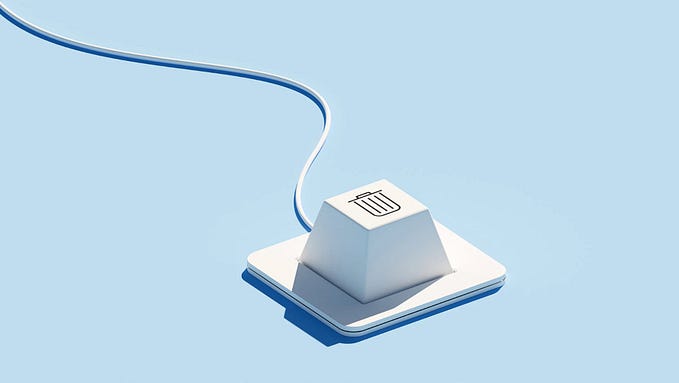Member-only story
Our Lack of WFH Boundaries Will Haunt Us for Years to Come
And 4 ways to pull yourself out of the hole you’ve dug
One of my co-workers was telling me about a recent date with her boyfriend. They’d had dinner and were at home, settled in, watching a movie. His phone rang. He saw it was work. He answered it. Afterward, she asked him why. It was after 8 p.m., he’d already done a full day’s work, WFH-style, and they were on a date — albeit a covid-era at-home date, but still — and, as it turned out, it wasn’t a manager or supervisor, it was team members who suddenly needed him.
“If I don’t answer when they call,” he told her, “they’ll just blow up my phone with texts.”
What did they want? Just routine stuff. Questions they needed answered before they proceeded. No emergency.
In a nutshell, this engineering team has zero WFH boundaries. And at least one angry girlfriend.
It won’t be this bad once we’re back in the office
Oh, will it?
That’s a hopeful, if naïve, thought.
Social boundaries, once dissolved, are near impossible to reinstate without a lot of effort.
We struggle to remember what used to be socially appropriate.
We struggle to differentiate if boundaries changed because of temporary flux, or if they evolved in a permanent manner.
When did it start? Why did it start? Do they know? Does it matter?
The fact is: they know they can call you off hours at home, and that you’ll drop everything and answer their call immediately.
The fact is: they’ll keep doing it.
Changes at work mean you have to change how you guard your boundaries
The fact that many offices have bounced from WFH to in-person, back to WFH based on changing public health risk levels only cements our inability to understand if we’re currently in the “normal” phase of things.
Some of us are contemplating if our recent actions have become the “new normal” and therefore we don’t have to take into account any “old normal”…






